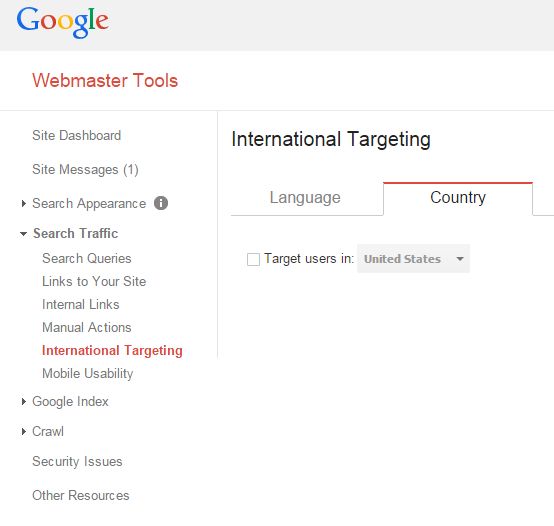How Does Multi-Language and Multi-Region Content Affect SEO?
Matt Brady#Digital Marketing, #SEO

Learn how you can make sure people are able to find your site in online searches if you have multilingual or region-specific content.
Managing Multilingual Versions
If you offer your site’s content in more than one language, Google recommends only using one language on each page, rather than including translations of the same content in different languages on the same page. Instead, content for each language should be kept on separate URLs. It’s also a good idea to indicate the language that users can expect to see on the page within the URL. For example, beginning URLs with “www.yoursite.com/fr/” would indicate that those pages are in French.
Geotargeting
For content that is specific to a certain region, you’ll want to practice geotargeting, which indicates to search engines that certain pages are relevant to users in a specific country or region. This can be specified on a site-wide basis in Google Webmaster Tools by selecting a specific country to target:

You’ll only want to use country targeting if your site is limited to a single country, and if you use a generic top-level domain (TLD) such as .com, .org, .net, etc. If you want to target more than one country, another solution is to modify the URL of pages to target certain regions and/or languages. This can be done in one of the following ways:
- Country-code top-level domains (ccTLDs). For example, “www.yoursite.de” would target users in Germany.
- Country-specific subdodomains. For example, “jp.yoursite.com” would target users in Japan.
- Subdirectories. For example, “www.yoursite.com/nl” would target users in the Netherlands.
Avoiding Duplicate Content
One issue that arises when providing content in multiple languages is that some pages may feature the same content translated into different languages. Search engines may view this as duplicate content, which can cause a SEO penalty. To avoid this, Google recommends using “rel=alternatehreflang” annotations to indicate equivalent pages in different languages. This allows search engines to differentiate between the different language versions of the page and serve the correct results to users in different regions.
Locale-Adaptive Pages
As personalized content becomes more popular, some sites have been designed to automatically change what their users see based on their location. For instance, if the site recognizes that a user’s IP address is located in Spain, it could display content relevant to that country and change the text to Spanish. This capability provides a great user experience, but it had caused issues with search, since search engines would “crawl” the site from a single location, only allowing them to see content targeted to that location.
However, Google recently announced an update that resolves this issue by using geo-distributed crawling to view pages from a variety of locations, as well as language-dependent crawling to view the different versions of a website based on their targeted language. These changes ensure that sites with dynamic content based on location and language will still be able to be found in online searches.
Google does still recommend using separate URLs for content in different languages, but this update ensures that sites which utilize newer technologies to provide a better user experience aren’t penalized for it.
As more and more companies utilize the internet to reach their audience, it’s as important as ever to use SEO techniques to make sure that people can find your site. Do you have any questions for us about how to make sure people can find your site, no matter what language they are using or what country they are in? Do you want to know more about how we can help you keep your site optimized for the best search results? Please contact us to speak to a SEO expert, or feel free to share any other questions in the comments below.
Related Posts

How Brands can Navigate Elon Musk's Twitter
Should the changes at Twitter impact your social strategy? Is it still an effective way to connect with your customers? Read more to learn why or why not.

Why You Need an SEO Content Audit in your Migration Plan
Diagram's Allison Casey spills all her insider SEO tips on migrating your content the right way.
Results Matter.
We design creative digital solutions that grow your business, strengthen your brand and engage your audience. Our team blends creativity with insights, analytics and technology to deliver beauty, function, accessibility and most of all, ROI. Do you have a project you want to discuss?
Like what you read?
Subscribe to our blog "Diagram Views" for the latest trends in web design, inbound marketing and mobile strategy.
